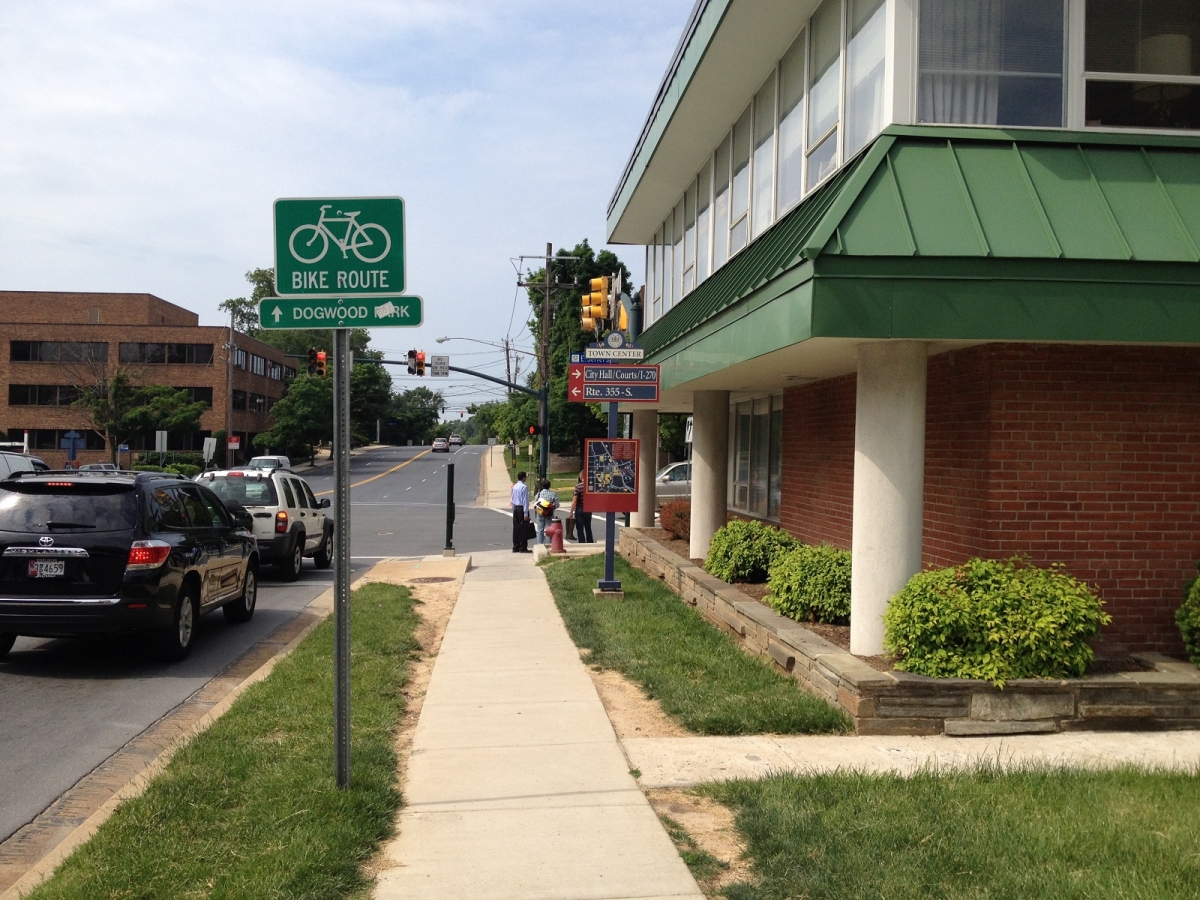Senators Cardin and Wicker Lead on TAP
This week, Senators Cardin (D-MD) and Wicker (R-MS) introduced S. 1098, the Transportation Alternatives Enhancements Act. We applaud them for their leadership on this key funding program for Safe Routes to School, biking and walking projects and programs across the country.



 The Safe Routes Partnership is proud to announce Carol Goss as the new Chair of the Board of Directors. Carol steps up to assume the role of Board Chair after serving as a board member for five years and providing a strong force in leading and shaping the organization’s vision for equity and the work of the board.
The Safe Routes Partnership is proud to announce Carol Goss as the new Chair of the Board of Directors. Carol steps up to assume the role of Board Chair after serving as a board member for five years and providing a strong force in leading and shaping the organization’s vision for equity and the work of the board.